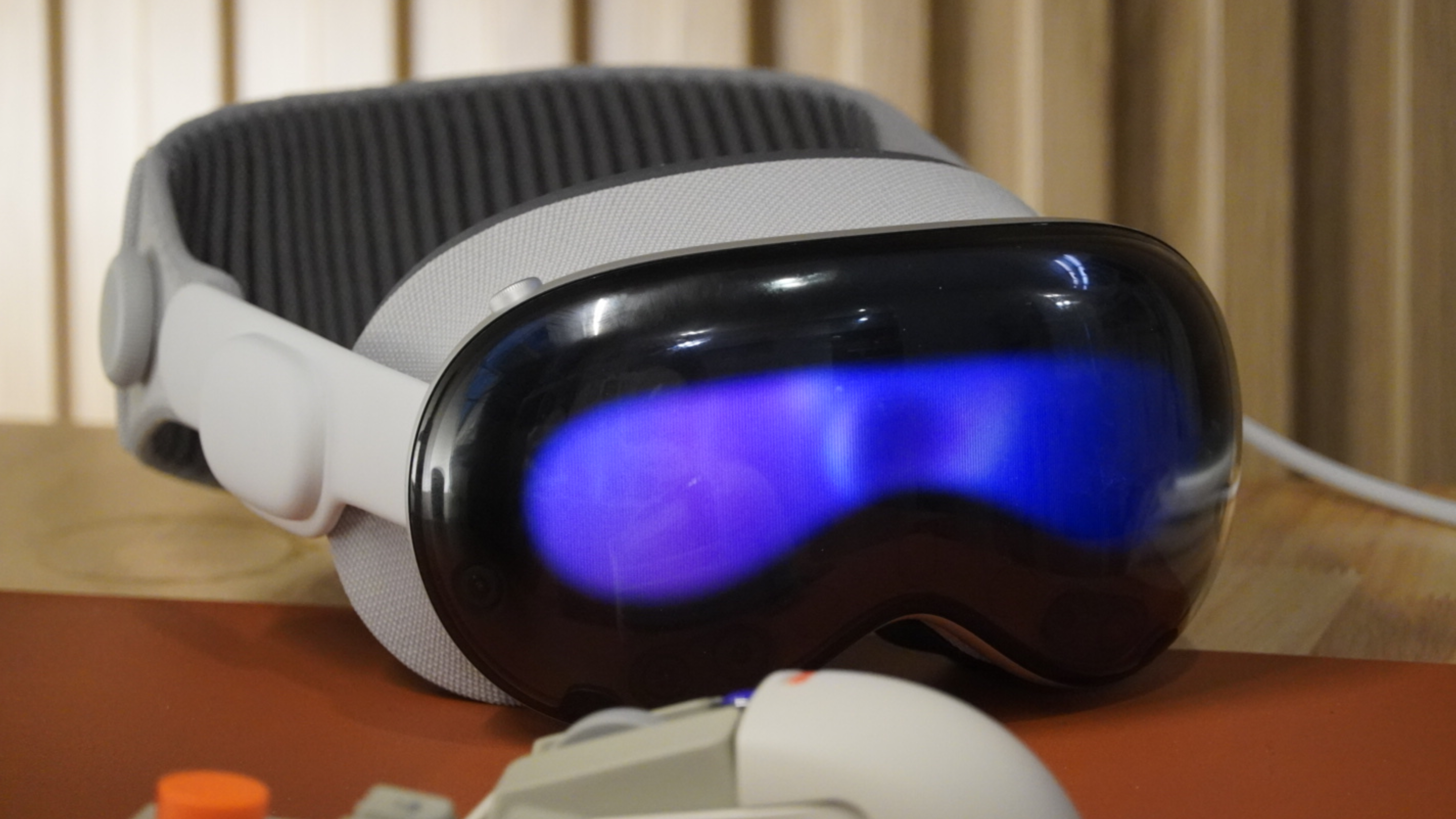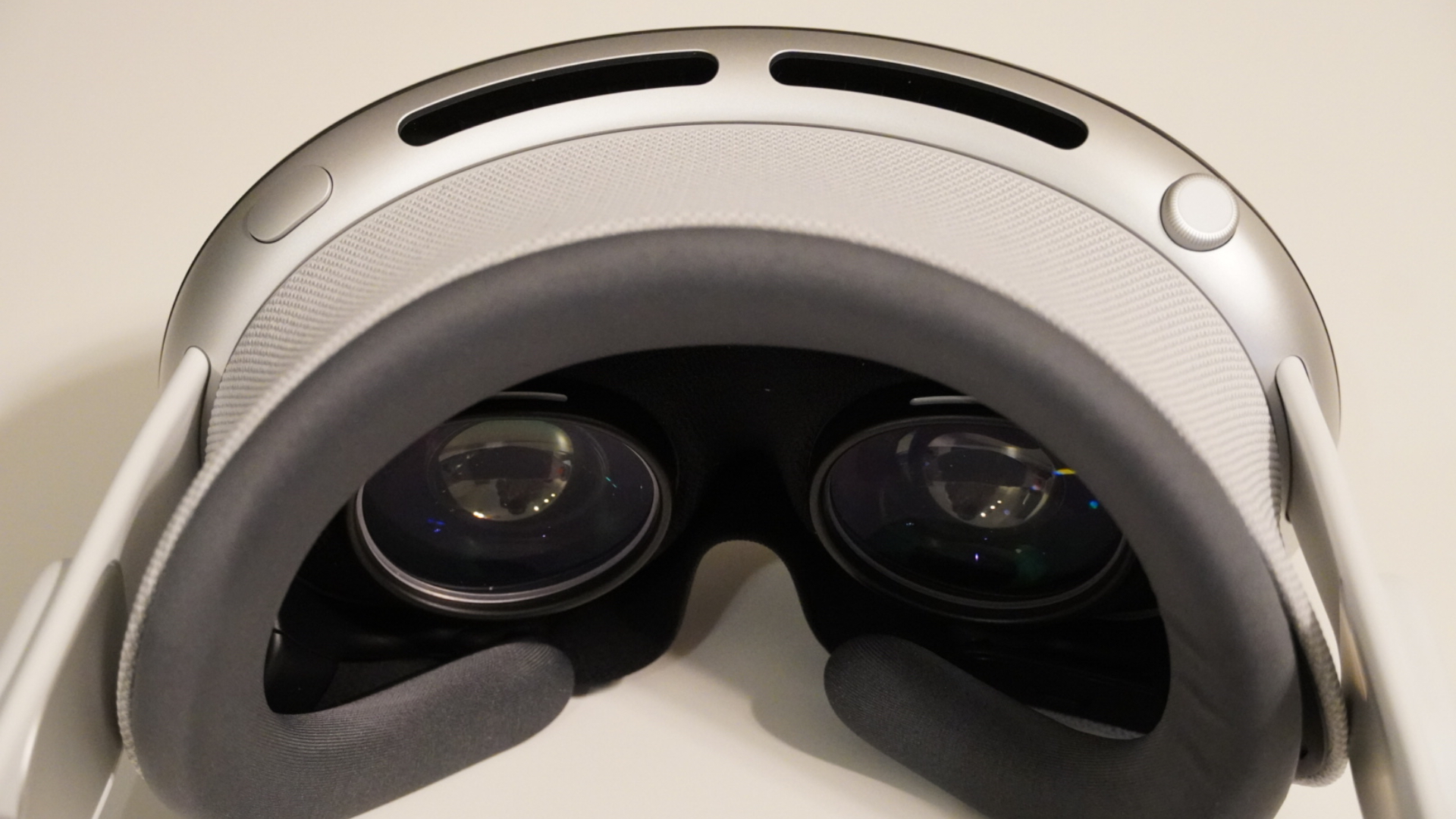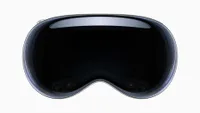I have no problem with a cheaper Vision Pro having a worse display
Worse than the Vision Pro doesn't mean bad.

While the Vision Pro literally just started to expand to more countries outside of the United States and, for most of the world, the mixed-reality headset is brand new in their home, it's time to start talking about the next generation of Apple's headset.
When Apple announced the Vision Pro back at WWDC 2023, it blew the Meta Quest out of the water with its more impressive hardware. In addition to faster processors and more (and more powerful) sensors, the headset also sported a much higher resolution display.
The Vision Pro comes packed with micro‑OLED displays that feature a size of 1.42 inches with a pixel density of 3391 pixels per inch. If you don't want to do the math, that's basically a 4K TV — for each one of your eyes.
Things are getting worse for the cheaper Vision Pro

However, as reported earlier today, Apple is taking away those dual 4K televisions for its next headset.
Instead of rocking that extremely high resolution of 3391 pixels per inch on 1.42-inch displays, the cheaper Vision Pro headset that is currently being designed by the company is expected to sport 2.1-inch OLED displays with a pixel density of 1700 pixels per inch. Instead of working with Sony, Apple is looking for displays with these specifications from other manufacturers like LG and Samsung.
The math isn't hard here, but that's basically half the resolution that the Vision Pro is currently packing — on displays that are actually even bigger. So, the sharpness is taking a hit on both sides of the coin.
Despite this, I have no problem with Apple making this move. Worse than something else doesn't always mean bad for most of us!
iMore offers spot-on advice and guidance from our team of experts, with decades of Apple device experience to lean on. Learn more with iMore!
Most people don't need the resolution to be that high
I personally picked up the Meta Quest 3 in the fall of 2023 after watching the unveiling of the Vision Pro and realizing that, as nice as it was, I was not about to drop $3,500 on a mixed-reality headset. The Quest 3, in comparison, came in at $500 — a much more palatable price.
While I eventually sold it, I certainly don't remember being disappointed with the resolution of the displays. So, after seeing these new numbers for the upcoming cheaper Vision Pro, I got curious and checked the resolution of the displays on the Quest 3. To my surprise, Meta's latest headset is currently rocking displays that pack 1,218 pixels per inch.

The reason I was surprised was because, after having first-hand experience with the Quest 3, I thought the displays were great. So, while this cheaper version of the Vision Pro (probably called the Apple Vision if I had to guess) may have half the pixels per inch as the first headset, 1,700 pixels per inch is nothing to get bummed about. I did not notice an issue with this at all when using the Quest 3, so it's going to be great on Apple's cheaper headset as well.
This is really the point of the cheaper headset, anyway. It's not supposed to have the same specs. That's why the Vision Pro is as expensive as it is. What most of us want is a headset that is capable enough and one that we can actually justify the cost of. For most of us, a bump above the Quest 3 is just fine if it means shaving a couple of grand off the price of that headset.
Apple Vision Pro | $3,499 at Apple
Apple Vision Pro is the company's dedicated spatial computing headset that mixes VR and AR into one. Play immersive games and watch videos that can transform your surroundings with Vision Pro. Live in the UK? You can now pre-order the headset for when it launches on July 12.
More from iMore

Joe Wituschek is a Contributor at iMore. With over ten years in the technology industry, one of them being at Apple, Joe now covers the company for the website. In addition to covering breaking news, Joe also writes editorials and reviews for a range of products. He fell in love with Apple products when he got an iPod nano for Christmas almost twenty years ago. Despite being considered a "heavy" user, he has always preferred the consumer-focused products like the MacBook Air, iPad mini, and iPhone 13 mini. He will fight to the death to keep a mini iPhone in the lineup. In his free time, Joe enjoys video games, movies, photography, running, and basically everything outdoors.

